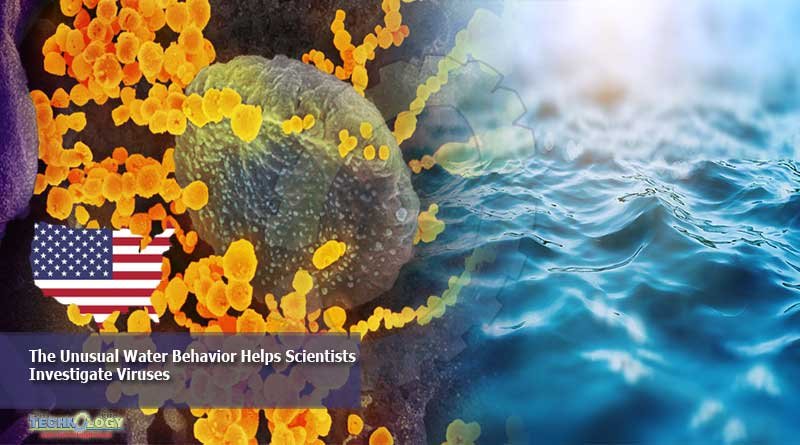Researchers from Tyumen State University have discovered unusual water behavior that will help to better understand how bacteria and even viruses like SARS-CoV-2

Researchers from Tyumen State University have discovered unusual water behavior that will help to better understand how bacteria and even viruses like SARS-CoV-2, which caused the COVID-19 pandemic, behave in aerosols. The article was published in the journal Physical Chemistry Chemical Physics.
Bacteria and viruses spread over long distances by aerosol. However, it is impossible to focus a microscope on a drop of aerosol in order to find out how microorganisms-travelers behave, while a drop cluster allows them to be studied.
Mikhail Nosonovsky, Senior Researcher, Laboratory of Microfluidic Technologies, Institute of Ecological and Agricultural Biology (X-BIO), Tyumen State University, Professor of the University of Wisconsin (USA)
Researchers from Tyumen State University formed clusters of microdroplets by heating the water surface with a laser beam. Their attention was attracted by clusters of several (no more than three dozen) drops. It turned out that the shape of such small clusters can be not only hexagonal (like a honeycomb).
We observed atypical and “forbidden” shapes for colloidal crystals: square, pentahedron, and heptahedron. Moreover, it is enough to add one drop, and the structure of the entire cluster will be rebuilt. It is much more convenient to work with such small clusters in individual tasks – there are fewer drops, it is easier to track them.
Mikhail Nosonovsky, Senior Researcher, Laboratory of Microfluidic Technologies, Institute of Ecological and Agricultural Biology (X-BIO), Tyumen State University, Professor of the University of Wisconsin (USA)
Now, among the priority tasks of scientists is to create unique technologies for studying microorganisms at the level of a separate aerosol microdroplet tracked in time. The research was supported by the Russian Science Foundation.
The article is originally published at free news
